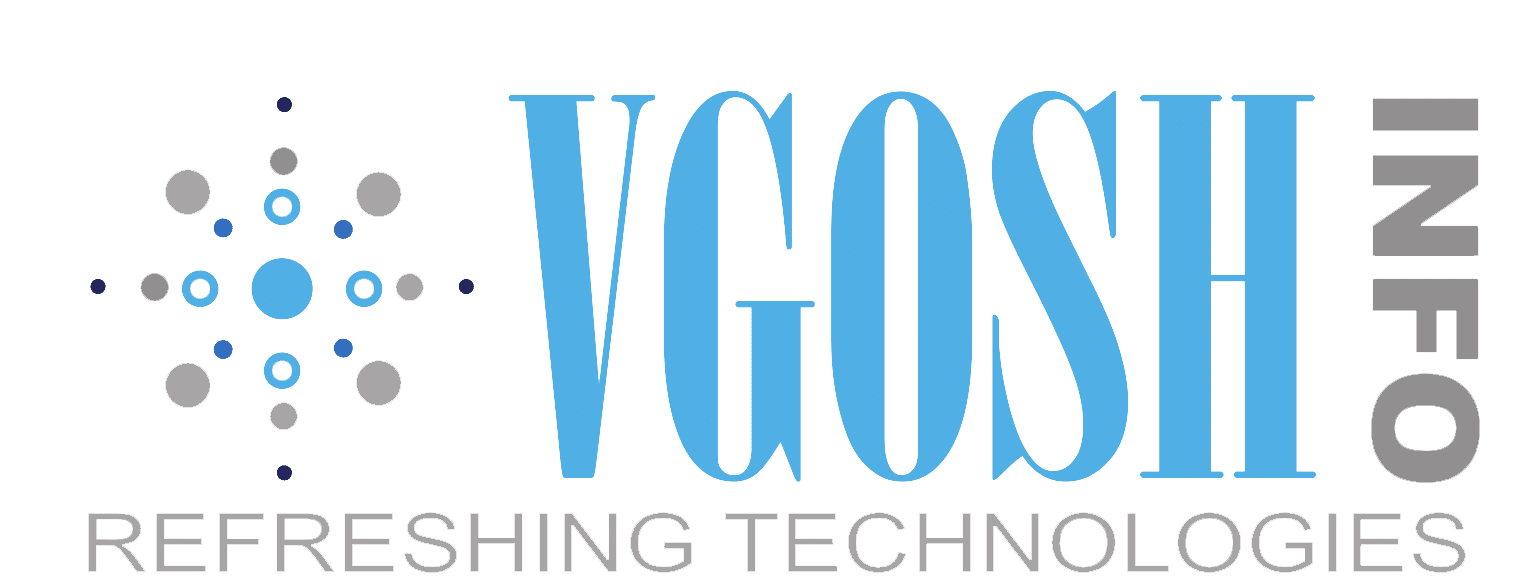Top Cybersecurity Threats Facing Singaporean Businesses in 2024 and How to Mitigate Them
As Singapore continues to solidify its position as a global tech hub, the threat landscape for businesses evolves at an alarming rate. Cybersecurity threats are becoming more sophisticated and frequent, necessitating robust defenses to safeguard sensitive data and maintain business continuity. Here, we delve into the top cybersecurity threats facing Singaporean businesses in 2024 and explore strategies to mitigate them.
1. Ransomware Attacks
Ransomware remains a significant threat, with cybercriminals continuously refining their tactics. In 2024, we expect to see more targeted ransomware attacks, particularly on critical infrastructure and high-value targets. Ransomware encrypts a victim’s files, demanding a ransom for the decryption key. The implications for businesses are severe, including operational disruptions, financial losses, and reputational damage.
Mitigation Strategies:
Regular Backups: Regularly back up critical data and store it in a secure, offsite location. Ensure backups are encrypted and tested frequently.
Employee Training: Educate employees about phishing attacks, which are often the entry point for ransomware. Implement regular training sessions and phishing simulations.
Endpoint Protection: Deploy advanced endpoint protection solutions with capabilities to detect and respond to ransomware threats in real-time.
2. Phishing and Social Engineering
Phishing and social engineering attacks exploit human psychology to gain unauthorized access to sensitive information. In 2024, these attacks are becoming more sophisticated, with personalized and convincing messages designed to trick employees into revealing credentials or clicking malicious links.
Mitigation Strategies:
Multi-Factor Authentication (MFA): Implement MFA to add an extra layer of security. Even if credentials are compromised, MFA can prevent unauthorized access.
Security Awareness Training: Conduct ongoing security awareness training to help employees recognize and avoid phishing attempts.
Email Security Solutions: Utilize email security solutions that can identify and block phishing emails before they reach employees’ inboxes.
3. Supply Chain Attacks
Supply chain attacks involve compromising a third-party vendor to gain access to a target organization. As businesses increasingly rely on third-party services and products, the risk of supply chain attacks grows. These attacks can be challenging to detect and have far-reaching consequences.
Mitigation Strategies:
Vendor Risk Management: Establish a robust vendor risk management program. Assess the security posture of third-party vendors and require them to adhere to stringent security standards.
-Continuous Monitoring: Continuously monitor the activities of third-party vendors and look for any unusual or suspicious behavior.
-Contractual Security Requirements: Include specific security requirements in vendor contracts, such as regular security assessments and breach notification protocols.
4. Insider Threats
Insider threats, whether malicious or accidental, pose a significant risk to businesses. Employees, contractors, or business partners with legitimate access to systems and data can intentionally or unintentionally cause harm. In 2024, the rise of remote work and hybrid environments increases the risk of insider threats.
Mitigation Strategies:
Access Controls: Implement strict access controls based on the principle of least privilege. Ensure employees only have access to the data and systems necessary for their roles.
User Activity Monitoring: Deploy solutions to monitor user activities and detect any anomalous behavior that may indicate an insider threat.
Clear Policies and Training: Develop and communicate clear policies regarding data handling and security. Regularly train employees on these policies and the importance of data protection.
5. Advanced Persistent Threats (APTs)
Advanced Persistent Threats (APTs) are prolonged and targeted cyberattacks, often orchestrated by well-funded and highly skilled threat actors. These attacks aim to infiltrate a network, remain undetected for an extended period, and steal sensitive data or disrupt operations. In 2024, APTs are expected to become even more sophisticated, utilizing advanced techniques to evade detection.
Mitigation Strategies:
Network Segmentation: Implement network segmentation to limit lateral movement within the network. This can help contain an APT if it manages to infiltrate the network.
Threat Intelligence: Utilize threat intelligence to stay informed about the latest APT tactics, techniques, and procedures. This can aid in proactive defense measures.
Incident Response Plan: Develop and regularly update an incident response plan tailored to dealing with APTs. Conduct regular drills to ensure readiness.
6. Cloud Security Risks
As businesses increasingly adopt cloud services, the security of these environments becomes paramount. Misconfigured cloud settings, inadequate access controls, and data breaches are common risks associated with cloud environments. In 2024, securing cloud assets will be a critical focus for businesses.
Mitigation Strategies:
Cloud Security Posture Management (CSPM): Implement CSPM solutions to continuously monitor and manage the security posture of cloud environments.
Secure Configuration: Follow best practices for secure configuration of cloud resources. Regularly review and update security settings.
-Data Encryption: Ensure that data stored in the cloud is encrypted both in transit and at rest. Utilize robust encryption protocols and key management practices.
7. Internet of Things (IoT) Vulnerabilities
The proliferation of IoT devices introduces new attack vectors for cybercriminals. These devices often have limited security controls and can be easily compromised. In 2024, businesses using IoT devices must prioritize securing these assets to prevent them from being used as entry points for attacks.
Mitigation Strategies:
IoT Device Management: Implement comprehensive IoT device management solutions to monitor and secure IoT devices across the network.
Regular Updates: Ensure that all IoT devices are regularly updated with the latest firmware and security patches.
Network Isolation: Isolate IoT devices on separate networks to minimize the impact of a compromised device on the broader network.
8. Data Privacy Regulations
Data privacy regulations are evolving globally, and Singapore is no exception. Compliance with regulations such as the Personal Data Protection Act (PDPA) is critical to avoid hefty fines and reputational damage. In 2024, businesses must stay abreast of regulatory changes and ensure robust data protection measures are in place.
Mitigation Strategies:
Compliance Audits: Conduct regular compliance audits to ensure adherence to data privacy regulations. Address any identified gaps promptly.
-Data Minimization: Adopt data minimization practices, collecting only the data necessary for business operations and securely disposing of any unnecessary data.
Data Protection Officer (DPO): Appoint a Data Protection Officer responsible for overseeing data protection strategies and ensuring compliance with regulations.
In Conclusion, In 2024, the cybersecurity landscape for Singaporean businesses is fraught with challenges. However, by adopting proactive and layered security strategies, businesses can mitigate these risks and safeguard their operations and reputation. As cyber threats evolve, so must the defenses, ensuring that businesses remain resilient in the face of ever-changing cyber risks.





